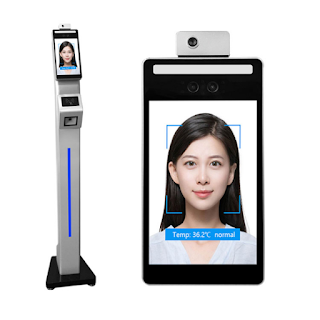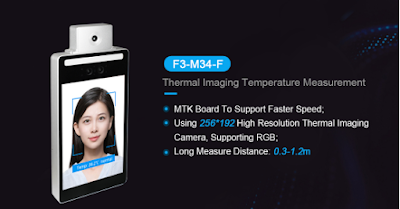Face Recognition Thermal Imaging Temperature Measurement in School for Access Control

Thermal imaging temperature measurement with face recognition all-in-one machine F2-H series is a product during the epidemic. Originally, only fingerprint punching machines or two-dimensional code access control were installed in attendance check-in or access control places. On the basis of face recognition access control , an infrared thermal imaging temperature measurement module is added to facilitate non-contact face-swiping time attendance and clocking at the same time to screen out people whose body temperature exceeds the standard. It is densely populated for government, enterprises, institutions, medical care facilities, campuses, etc. The premises are escorted, and suspected fever people are found in time. It can be found that recently many public service places such as enterprises, schools and government halls have gradually installed face recognition, temperature measurement, access control and attendance all-in-one machines. Does this indicate that the transformation an
